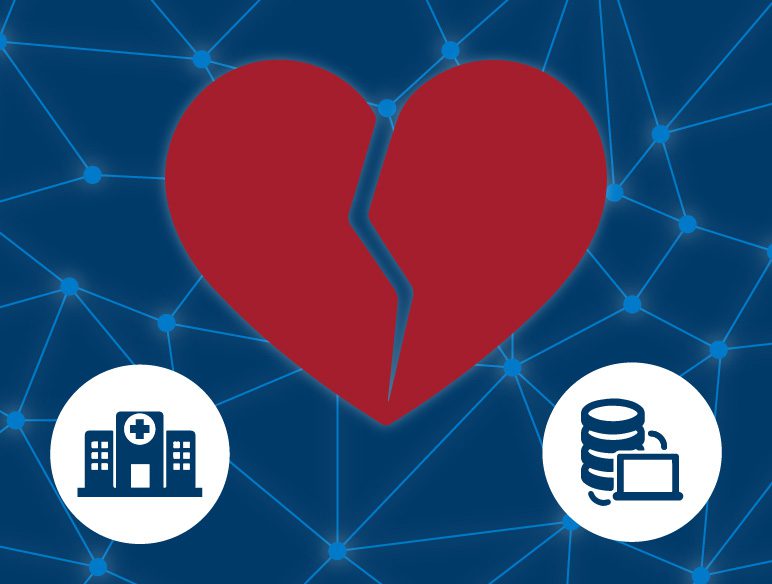
Relationships either lift us up or bring us down. The same holds true with software. Some systems we engage with daily are equipped to go the distance while others are not. The key is to know when to part ways with your electronic health record (EHR), enterprise resource planning (ERP) software, revenue cycle/billing system or other ancillary department platforms.
A recent Gartner Research report suggests that by 2023, digital transformation and aggressive cost optimization initiatives are expected to increase healthcare provider legacy system decommissioning activity by 20%. Here are four scenarios that often cause a software break-up:
- Outdated Functionality – The system can’t deliver what is needed and has outdated functionality. It may perform sluggishly or simply not offer the high-quality capabilities that newer software offers so your team can get the job done.
- System Replacement – It’s not that the software wasn’t meeting your needs, but, for various reasons, the organization has switched EHRs to a new platform. In the case of an electronic health record (EHR) replacement, it is often also necessary to replace ancillary solutions such as lab, radiology and pharmacy to provide integration with other applications.
- Corporate Consolidation – Consolidation in the market through merger and acquisition (M&A) requires the rationalization and standardization of the application portfolio for an enterprise.
- End of Life – Legacy solutions are sunsetted and/or not supported by the vendor as a part of product planning.
The good news is that there are options and best practices to move on.
Start with these four EHR change management steps to securing patient, employee and business records to ensure legal and regulatory compliance with retention requirements while also limiting technical and security risks:
- Create a Legacy Data Management Strategy – While each organization has unique needs, this tool can help guide your EHR change management planning and inform system decommissioning and data archiving initiatives. Consider questions like: what data should be migrated versus archived? How will we wind-down accounts receivable? What sort of interoperability will we expect from our archived records?
- Document a System Inventory – It’s vital to know the details of the source systems you are targeting for retirement when switching EHRs. This inventory tool will help log your legacy system details to help scope the required levels of effort for the data extraction, migration and retention process. You can also identify contract renewal dates, system static dates and AR wind-down plans to prioritize the order in which systems will be targeted for their decommission dates.
- Bid the Project out to RFI/RFP – This RFP template can help simplify your request for information or proposal solicitation for a data retention vendor to secure your records long-term. This will help ensure you’re comparing apples to apples when choosing an active archive vendor partner.
- Ask the Right Security Questions – As healthcare continues to face tough security challenges, these 10 security questions to ask your archive vendor can help guide your selection process, ensuring investment with a partner that will protect you and your data. It’s well known in the industry that multiple silos of data stored in outdated systems offer some of the easiest entry points for hackers. Decommissioning aging, out-of-production systems is a smart step forward in your organization’s long-range security plan.
Cost savings is a well-earned bonus for decommissioning legacy systems.
Making the choice to part ways with a legacy system can result in savings in terms of hardware, licensing, maintenance, operations, support, infrastructure, training and more.
As cost containment continues to be a top priority for providers of all sizes, application portfolio management provides options to reduce costs and risk by following a data consolidation and legacy system wind down plan. For more on best practices for health data management, check out this webinar we presented with HealthSystemsCIO.
When your team is focused on meeting data retention requirements, cutting costs and fortifying cybersecurity defenses, you need a data archiving and storage solution designed to provide secure, easy to access employee and business records.
You need HealthData Archiver®®.
Active archiving is a steady solution in a turbulent EMR market.
With successful experience with more than 500 different EHR systems, our team delivers high-quality data management services that have 100% of our clients reporting we are in their long-term business plans.
We’re 100% ready to help you too.






